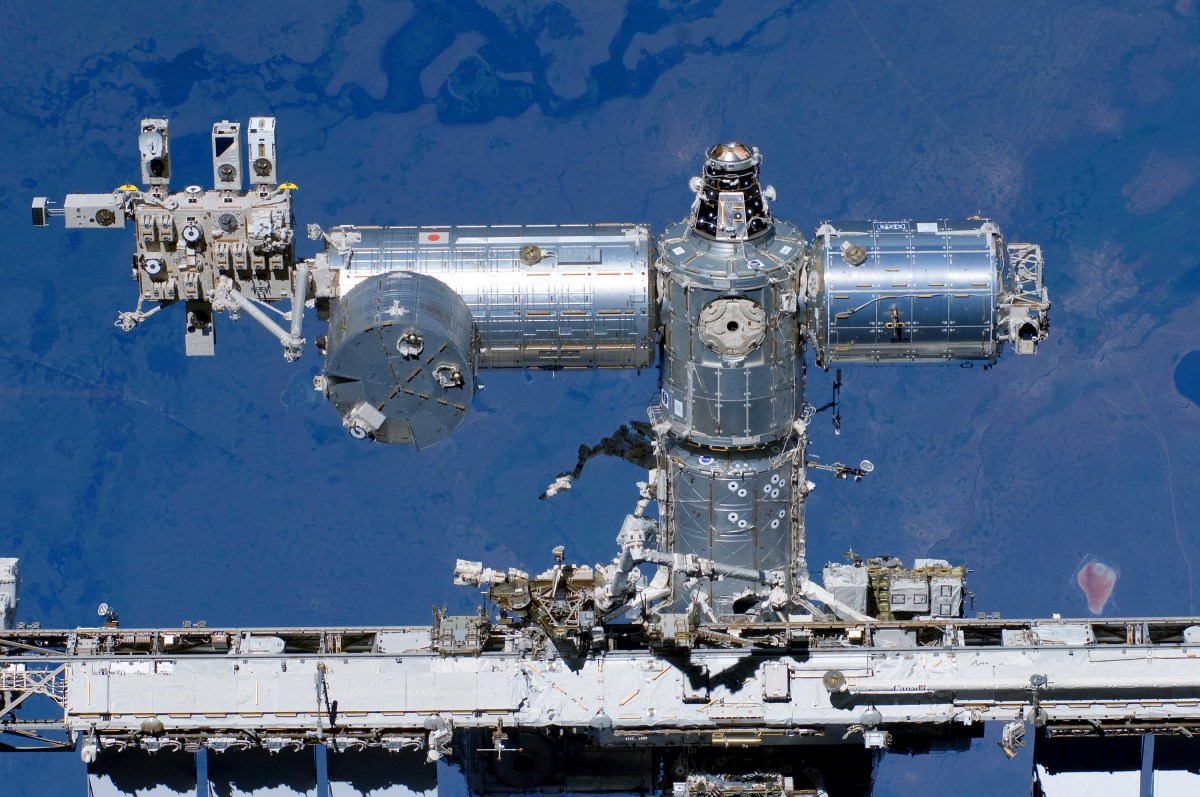The results are in, one year after the Hewlett Packard Enterprise sent an off-the-shelf supercomputer to the International Space Station to test if mass-produced hardware could survive, basically unmodified, in the harsh environment of space. NASA and the computer company declared the experiment a success, even though about half of its hard disks failed after getting fried by solar radiation, writes Wired.
The experiment was supposed to test the performance of the HPE Spaceborn Computer, which has 32 separate cores that work together. It can run operations 30 to 100 ties faster than a standard iPhone or tablet.
The computer kept working and no data was lost despite the radiation blast.
“They learned a few things and they demonstrated that the system works in space,” says NASA’s David Hornyak, who manages technology demonstration projects on ISS, according to Wired. “It gives NASA the option to purchase a capability we may need in the future rather than developing it ourselves.”
Thanks for reading InsideHook. Sign up for our daily newsletter and be in the know.


















